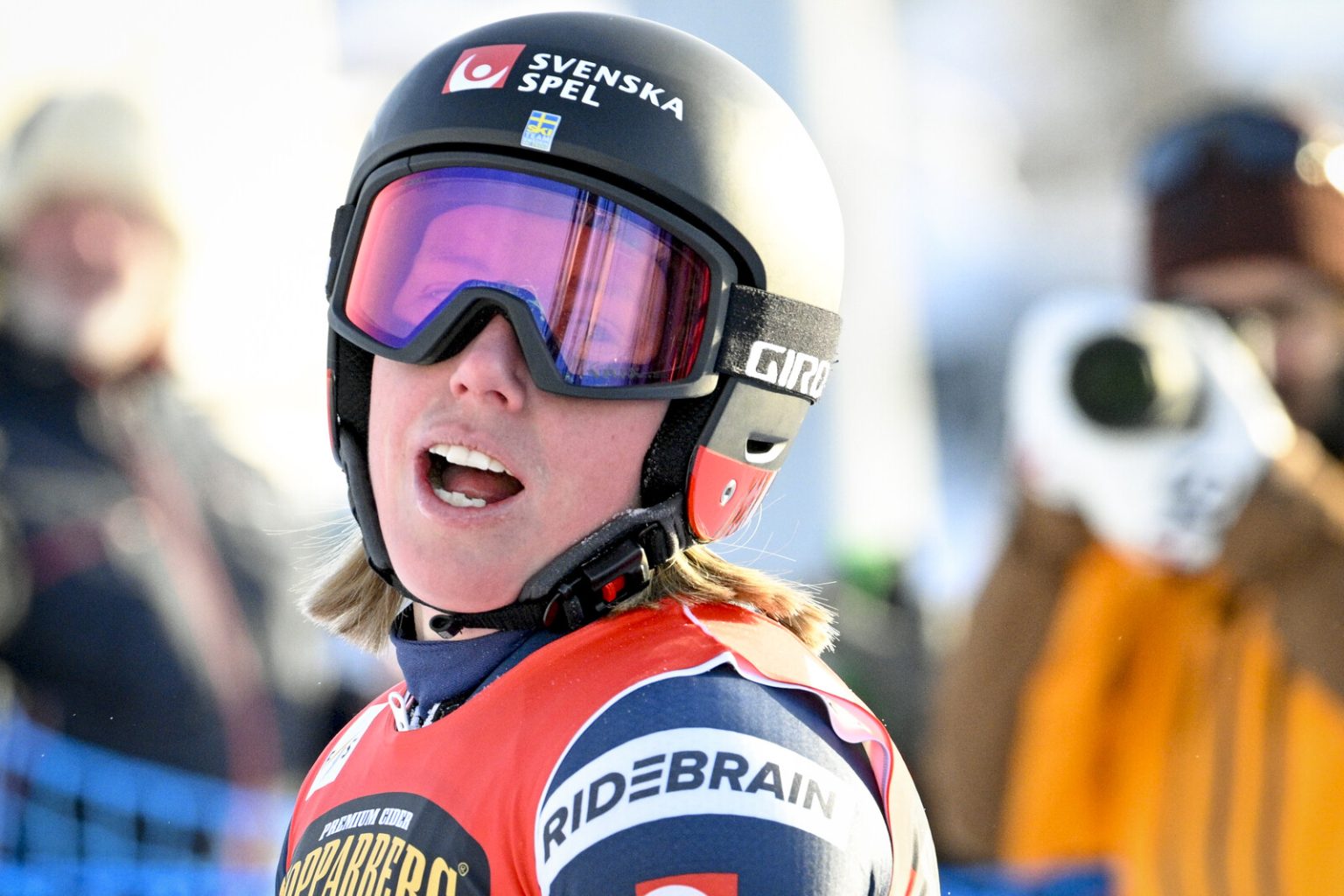Sandra Näslund, the reigning world champion and dominant force in women’s ski cross, experienced a shocking early exit in the World Cup season opener at Val Thorens, France. Her quarterfinal run ended abruptly with a fall, dashing hopes for a triumphant return after a knee injury sidelined her for the latter half of the previous season. The incident, which occurred as Näslund held the lead nearing the finish line, underscored the unpredictable nature of ski cross, a sport where even the most skilled athletes can be undone by a momentary lapse in balance or an unexpected turn of events. The disappointment was palpable for Näslund and the Swedish ski cross team, who had high expectations for her comeback performance.
Näslund’s dominance in recent years has been nothing short of remarkable. Before her injury last season, she had amassed a string of victories and podium finishes, establishing herself as the athlete to beat in virtually every competition. Her aggressive yet controlled skiing style, combined with exceptional tactical awareness, made her a formidable competitor. The knee injury, which required surgery, forced her to watch from the sidelines as the season concluded, a frustrating experience for an athlete accustomed to being at the forefront of the action. The Val Thorens race marked her return to World Cup competition, and the anticipation surrounding her performance was considerable.
The fateful quarterfinal run began promisingly for Näslund. She took an early lead, demonstrating the speed and skill that have characterized her career. Navigating the challenging course with apparent ease, she appeared poised to advance to the next round. However, as she approached the final section of the run, disaster struck. Näslund got slightly backweighted, losing her center of gravity. The sudden shift in balance caused her skis to slip out from under her, sending her tumbling onto the snow. The fall not only ended her race prematurely but also served as a stark reminder of the precarious nature of ski cross, where a split-second mistake can have significant consequences.
The disappointment was evident on Näslund’s face as she rose from the snow, her chance at a podium finish in the season opener gone. The incident was a setback for the Swedish ski cross team, which had been counting on Näslund’s return to bolster their World Cup campaign. While the fall was undoubtedly a blow to her confidence, Näslund is known for her resilience and determination. The early exit in Val Thorens is likely to fuel her motivation to recover quickly and regain her winning form in upcoming races. The experience serves as a reminder that even the most dominant athletes are vulnerable to the unpredictable nature of ski cross.
The broader context of Näslund’s fall extends beyond the immediate disappointment of the Val Thorens race. It highlights the inherent risks and challenges associated with ski cross, a sport that demands not only technical skill but also mental fortitude. Athletes must navigate tight turns, jumps, and unpredictable terrain while simultaneously battling three other competitors for the lead. The close proximity of the racers adds another layer of complexity, increasing the likelihood of collisions and falls. The physical demands of the sport are also significant, requiring skiers to possess exceptional strength, endurance, and agility.
Despite the setback in Val Thorens, Näslund’s long-term prospects remain bright. Her talent, experience, and unwavering competitive spirit suggest that she will continue to be a force to be reckoned with in the ski cross world. While the fall was a disappointing start to the season, it is unlikely to derail her overall ambitions. Näslund’s focus will now shift to recovery and preparation for the next World Cup event, where she will undoubtedly be determined to put the Val Thorens disappointment behind her and return to her winning ways. The ski cross world will be watching closely to see how she responds to this early challenge.














